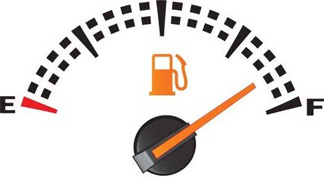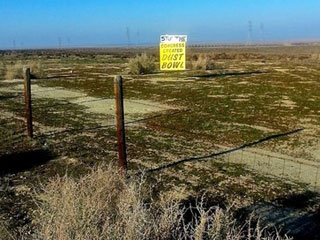Food / Product Safety
How to save money on gas: Real tips and persistent myths
by Laura Northrup, The Consumerist

Small changes to how you drive, such as slowing down, warming up your engine, and driving smoothly and consistently will maximize your fuel efficiency. Read More ›
6 home appliances most likely to self-immolate
by Laura Northrup, Consumerist

Kitchen appliances make our lives more convenient and our meals more delicious, but they’re also dangerous. Ordinary appliances start tens of thousands of fires in United States homes every year. Here are the top six most common causes of kitchen appliance fires. Read More ›
FDA’s proposed rules to improve safety of imported foods
by Chris Morran, The Consumerist
“We must work toward global solutions to food safety so that whether you serve your family food grown locally or imported you can be confident that it is safe,” said FDA Commissioner Margaret A. Hamburg, M.D. Read More ›
Progress on toxic flame retardant protections

For nearly four decades, an outdated California furniture flammability standard has led to the widespread use of toxic flame retardant chemicals, without the promised benefits of reducing fire deaths. Read More ›
Billboard seeks to name and shame in California automobile forced arbitration case
by Will Carless, Voice of San Diego

A San Diego consumer bought a “certified” used car that turned out to be a nightmare. His ordeal has been featured in Consumer Reports magazine and is garnering national attention about forced arbitration clauses in contracts. See the YouTube video about his plight that has attracted over 550,000 views so far. Read More ›
Hazardous lead paint: Legal battle comes to trial in California
by Howard Mintz, San Jose Mercury News

From old cottages in Berkeley and Palo Alto to ranch-style homes in Silicon Valley, the remnants of a hazardous past can lurk in the walls — lead paint. And now 10 California cities will finally get to try to make the powerful paint industry pay dearly to remove those poisonous ghosts from millions of homes around the state. Read More ›
Ford recalls 13,100 Explorer, Taurus and MKS models
by Joseph Lichterman, Reuters

The recall affects 2013 models, and the malfunction could mean the child safety locks would turn off automatically, allowing the doors to be opened from the inside. Read More ›
Californians uneasy about fracking’s safety, lack of oversight
by Evan Halper, Los Angeles Times

More than 70 percent of voters favor banning or heavily regulating chemical injections into the ground to tap oil and natural gas, a poll finds. Read More ›
California farmer warns: “Don’t trust oil industry, state or courts” to protect water
by Dan Aiello, California Progress Report

While there have been many cases where groundwater contamination has occurred with both oil production and fracking methods, oil producers’ settlements have included gag orders silencing whistleblowers who might warn the public of fracking dangers. Read More ›
Nations agree to phase out toxic flame retardant chemical
More than 150 countries have agreed to phase out the use of the toxic flame retardant chemical HBCD and restrict trade in four other dangerous substances. Read More ›
Brown seeks to rewrite toxins law
by Marc Lifsher, Los Angeles Times
He says unscrupulous lawyers are misusing the Safe Drinking Water and Toxic Enforcement Act, or Proposition 65, by seeking monetary gain from lawsuits. Read More ›
Dirty dozen: 2013 list of most pesticide-heavy fruits and veggies
Unless it’s smothered in caramel or part of a sugary pie, we can’t think of many times when an apple isn’t good for you. But the ever-nutritious fruit once again tops a bad-news list that might make you consider it in a different light.
Read More ›
Why labels on genetically engineered foods won’t cost consumers a dime
by Zack Kaldveer and Ronnie Cummins, California Progress Report
One simple label to identify GMO foods (often using the genes of foreign bacteria and viruses) would lead more consumers to seek out non-GMO alternatives. That is why Monsanto is fighting labeling. Read More ›